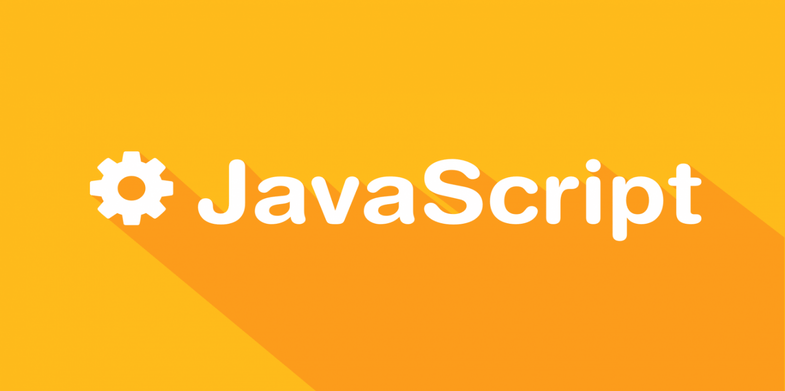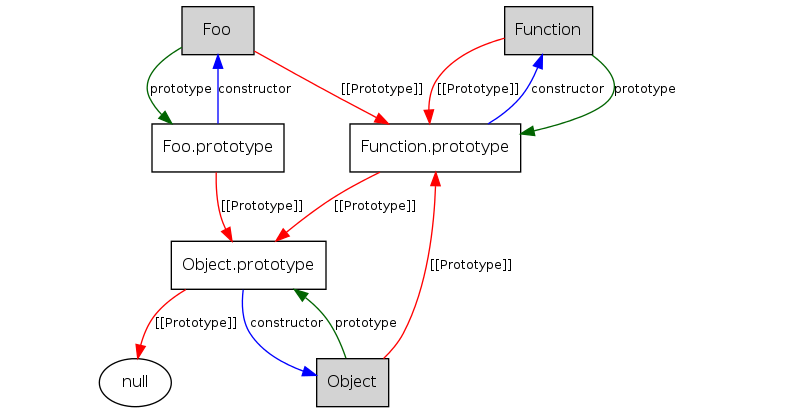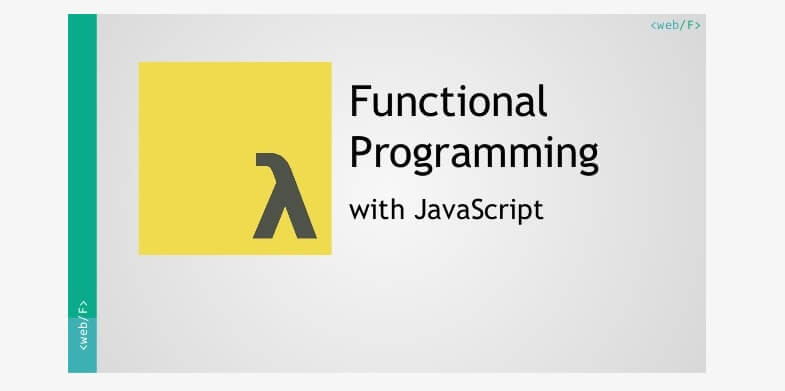
JavaScript is a programming language everyone should learn, as it is at the heart of all programming. It is essential, even though this may not be one’s ultimate learning goal. To start with, JavaScript is easy to learn and to start using. You do not need to install anything or to configure very complicated runtime environments in order to get started. It is also fun for web developers, whether you are getting started or you are already an expert in web development. Furthermore, if you are looking to get a job in web programming, you are bound to have an edge with even the most basic knowledge of JavaScript. With this in mind, here are the top 6 fundamentals you need to know about this language:
1. Prototypes

JavaScript language is based on prototypes. All objects in JavaScript inherit their properties and methods from their prototype. Every object that has been created using an object literal or with a new object will inherit from the object prototype. Those objects that have been created using a new date will inherit the date prototype. At the top of the chain is the object prototype. JavaScript is allocation-based, which means that every object of JavaScript has a prototype chain. If, for instance, you are trying to gain access to a property on an object and you are not getting that property, the program can look at the object’s prototype to give you what you are looking for. In this case, the prototype is acting as a delegate object, whereby it delegates the property lookup to the prototype object. The search can go on until it gets to the root prototype, which is now the object prototype. This is what makes it easy to reuse codes in JavaScript programming and it also conserves memory.
2. Asynchronous programming

Applications on JavaScript usually run on a single event loop. Nonetheless, this does not mean that one will experience delays due to freezing apps especially when tough calculations are being performed. It also does not mean that one has to wait for a while for network requests to be made. The benefits that you experience with JavaScript all comes down to asynchronous programming. This is a technique that developers can use in order to manage concurrency and ensure that two or three things can be happening at the same time without causing delays. In JavaScript, these will be referred to as continuations, callback functions and promises but there are a lot more on the way that you need to learn about as well. A handle on this basic fundamental will make learning much easier.
3. MV Frameworks

MV frameworks are designed to help you organize your applications and also to provide a separation of concerns. That is why JavaScript web developers should know how to use at least one of the MV frameworks. Some of the best, and indeed the ones that you should aim to master include Backbone.js, Ember and Angular.js. You can also learn about MVP libraries. This way, you will be able to structure your apps. These frameworks also make it easy for one to maintain their codes and they can promote code reusability.
4. Functional programming

Functional programming uses clean functions which are usually stateless. This means that they rely on arguments as inputs and once you give them the same inputs, they will produce the same kind of output. Due to their pure state, these functions will not produce any side-effects and this means that they will not have any affect on the state of any variable that is on the outside, including those that come as arguments. That is why these functions are very useful in JavaScript. The use of functional utilities today has changed the way that people have programmed in the past. Today, with JavaScript, there is use of ES5 array extras, which have brought about inbuilt JavaScript tools. This in turn makes programming very easy and effective.
5. Closures and Lambdas

This is one of the most important things every JavaScript web developer should know because closures and lambdas help substantially in successful app development. Whenever you export a function, you create a closure. This happens automatically therefore every time you create a callback function or you return a function for another function, you should know that you have already created a closure. These closures are significant because they provide state for objects and they can also be used for asynchronous programming. Closures are therefore important in JavaScript because most APIs that require a callback function do not provide other instruments through which they can send the parameters to those callback functions.
6. Express and Node.js

This is what many popular companies are using today and in return, they get to enjoy better application performance and other great features which make their applications more useful to their users. Express is currently the most popular application framework for Node. Basically, JavaScript’s popularity has changed the face of web development so much these days. It has brought a lot of things that were hard even to imagine several years ago and today. A lot more can be done with JavaScript. With Node.js, which in itself has been written in JavaScript, you can create real-time websites thanks to its push capability.
JavaScript has evolved over time and its popularity is continuously increasing every day. It is no longer one of the many programming languages that works with WebPages as it has now become the most sought after programming languages by most developers. It is easy to understand and work with, which is the reason a lot of beginner programmers choose to learn it first. It is interesting too and once you start understanding browser extensions, you will have a great time working with it. It is the programming language to use in order to add some animation effects to your projects. Many modern day developers are using JavaScript; therefore it is a good programming language to learn today for the development of the best apps.